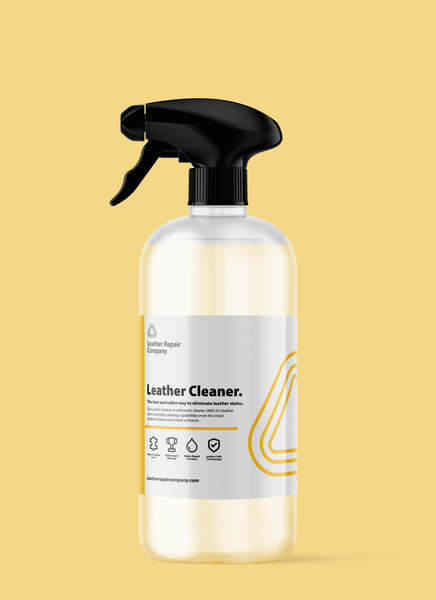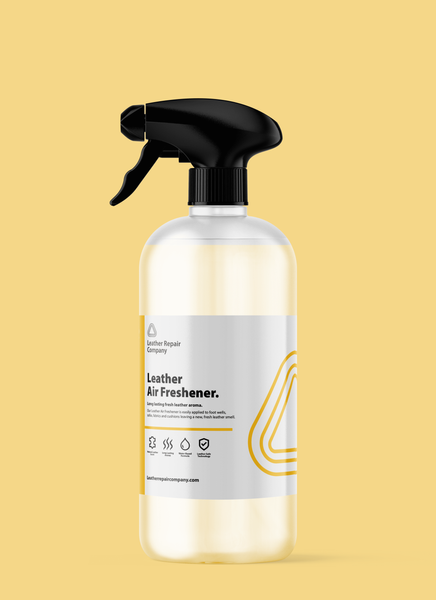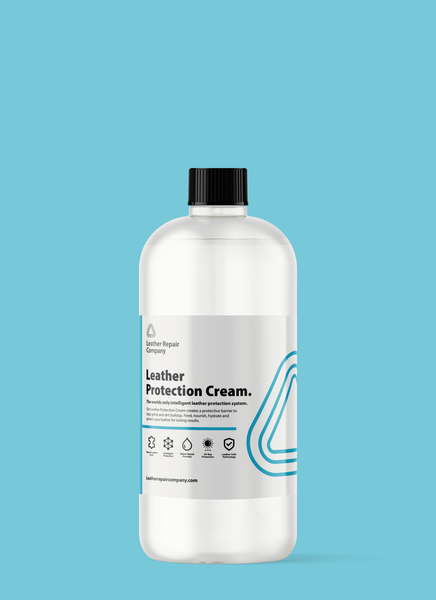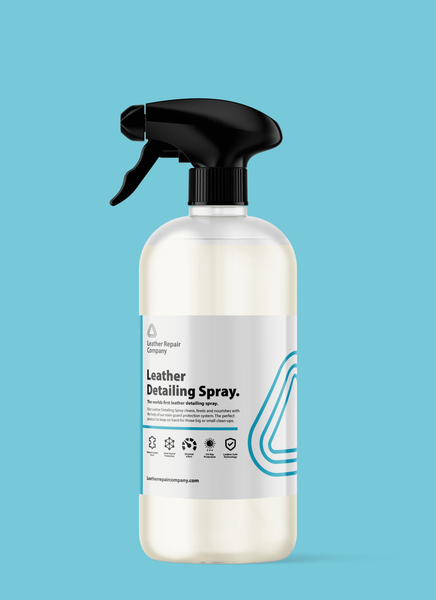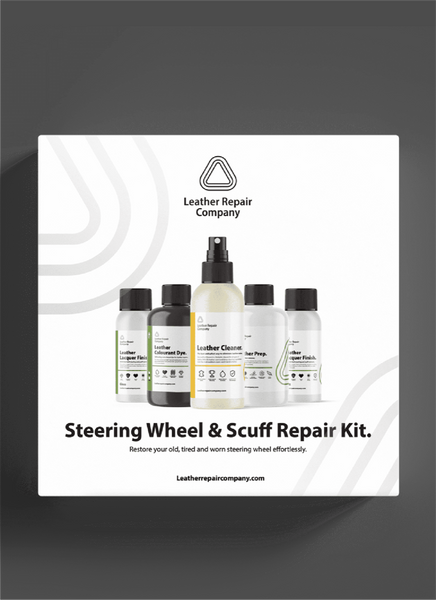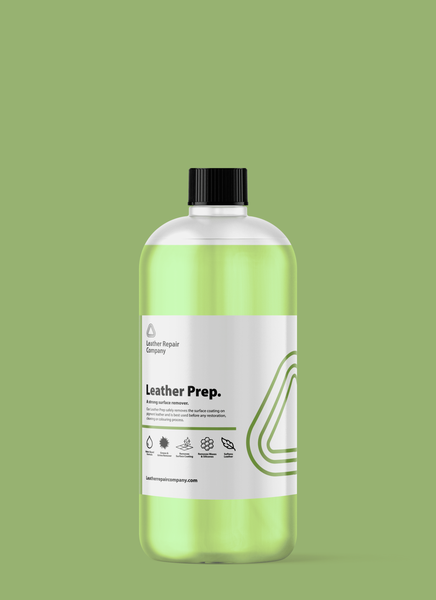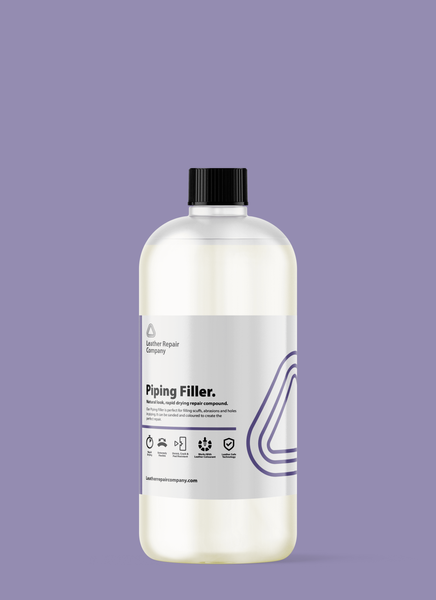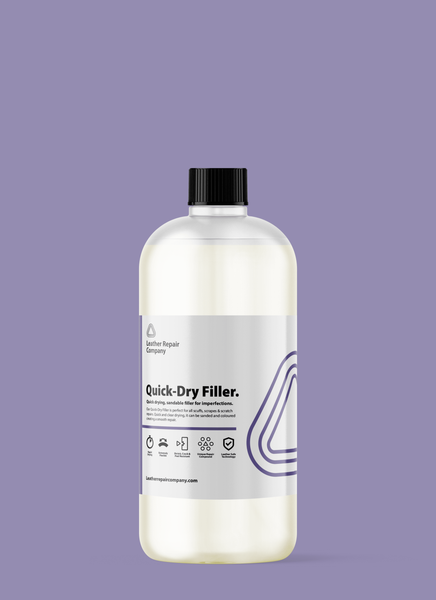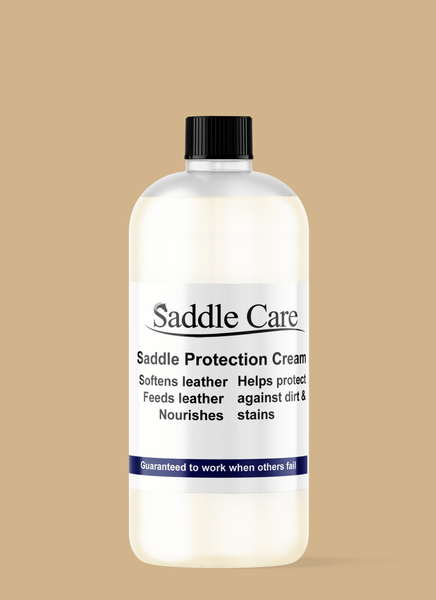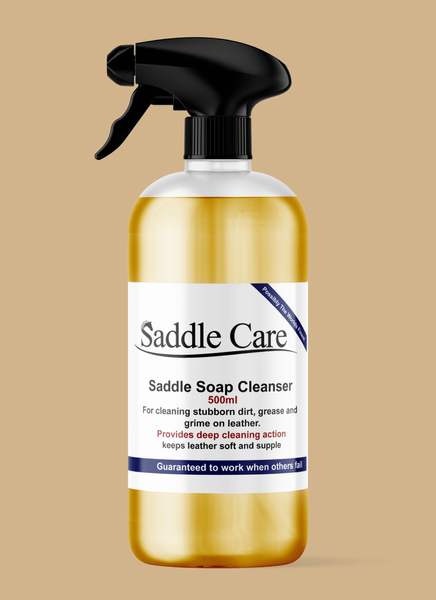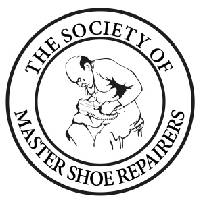The Leather Tanning Process Explained


April 11, 2023
Jane Smith, Managing Director
Leather is something of a wonder fabric, wouldn’t you say? It’s beautiful, versatile, luxurious and incredibly hard-wearing and durable, so it’s hardly surprising that it features in so many of our everyday products… as well as so many more high-end and expensive items. Leather can do it all, so it seems!
But have you ever stopped to think about how leather is made and what actually goes into the process of manufacturing to provide us all with such a good quality material?
There are various steps involved in the production process, starting with drying and curing, before tanning and dyeing can take place… and, of these, the tanning is perhaps the most important of them all.
Why so? Because if you leave this step out and fail to treat the raw hide, you’ll find that the fabric rots and putrifies - and that’s not a great look for the latest line of fashionable handbags whatsoever.
So, before any product design and manufacturing can take place, the raw hide needs to be stripped of any remaining flesh on it and then cured with salt. This curing process stops bacterial growth from manifesting itself on the skin in the time between procurement and processing, reducing its moisture content significantly.
Once the curing has taken place, it’s time to move onto the beamhouse operations - soaking, liming, unhairing, scudding and fleshing, deliming, bating, drenching and pickling.
The skins need to be soaked to get rid of any leftover salts from the curing process and then the hides are soaked again in a drum filled with an alkaline solution called milk of lime. This removes fats, grease, hair and keratin, as well as swelling and splitting the fibres to properly ensure the collagen in the hide is ripe and ready for tanning.
Once the liming is done and dusted, the hides are then sent through a special machine to get rid of the fleshy tissue on the flesh side (known as fleshing!). And then it’s time for the dehairing, which is exactly what it sounds like… using certain chemicals to remove the hair from the hide, before a practitioner goes over it again with a dull knife.
Deliming then has to happen, with acids applied to the skins to reduce the alkalinity - and then the hides can be bated, which is when enzymes are added to the skins to soften them up.
From this point, the hides can then be pickled, which involves treating them with salt and acid, an important part of the process because it readies the collagen fully so that the tanning agents can be most effective.
The final stage before tanning can take place is degreasing, where solvents are used to get rid of any surplus grease. And then we’re ready to tan! There are various methods in which this can be achieved, everything from chrome tanning and vegetable tanning to brain or synthetic tanning.
Chrome tanning is the most popular method, however, with skins soaked in acidic salts until they start absorbing the chromium agents. It’s faster and highly automated as a process, which is why the resultant leather is popular and perhaps less expensive than leather tanned by hand.
Do you have any leather products in need of professional restoration? Get in touch with us today to discuss repairs.
Why Not Contact Us?
Call on: 01482 606864
Email us at: help@leatherrepaircompany.com
